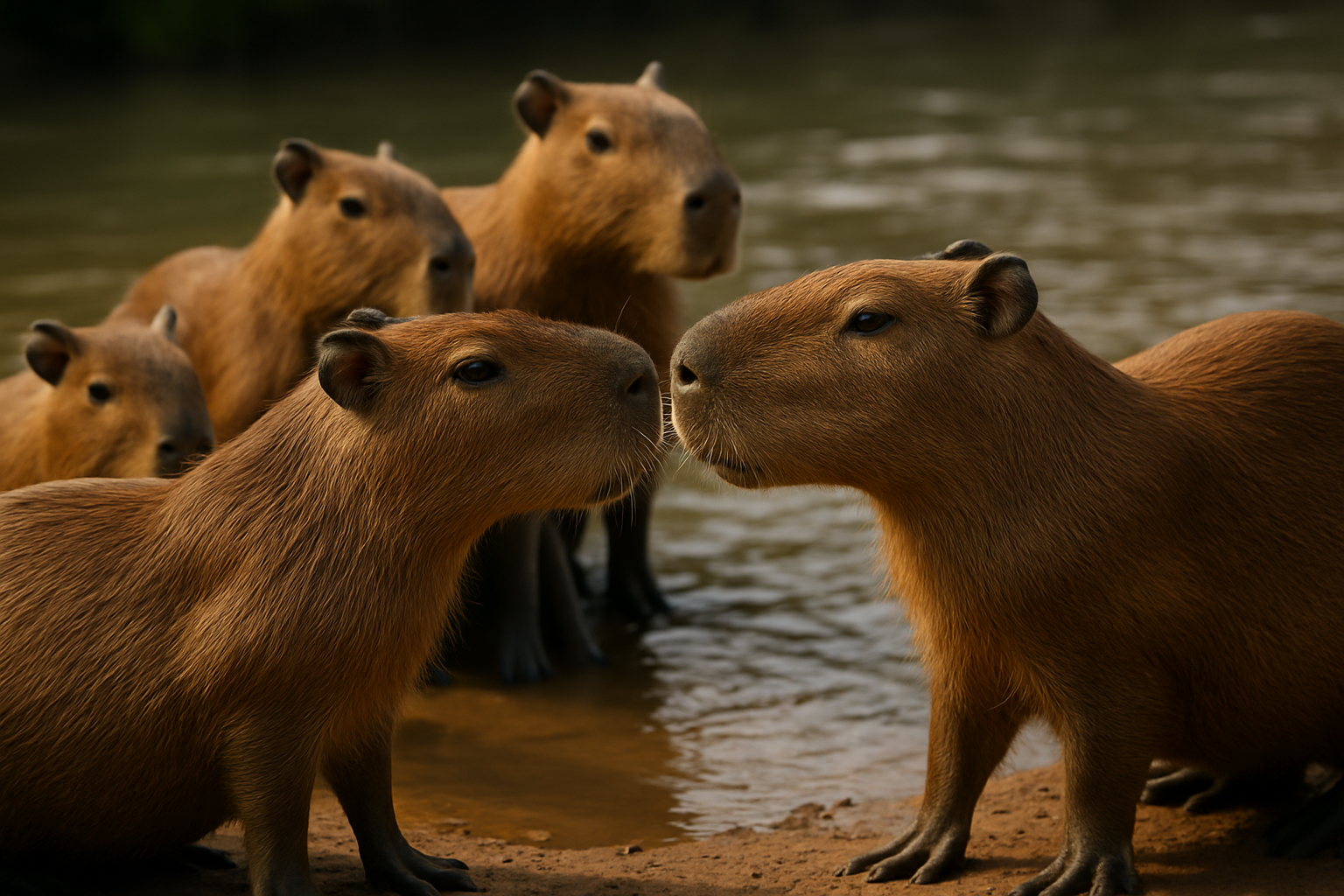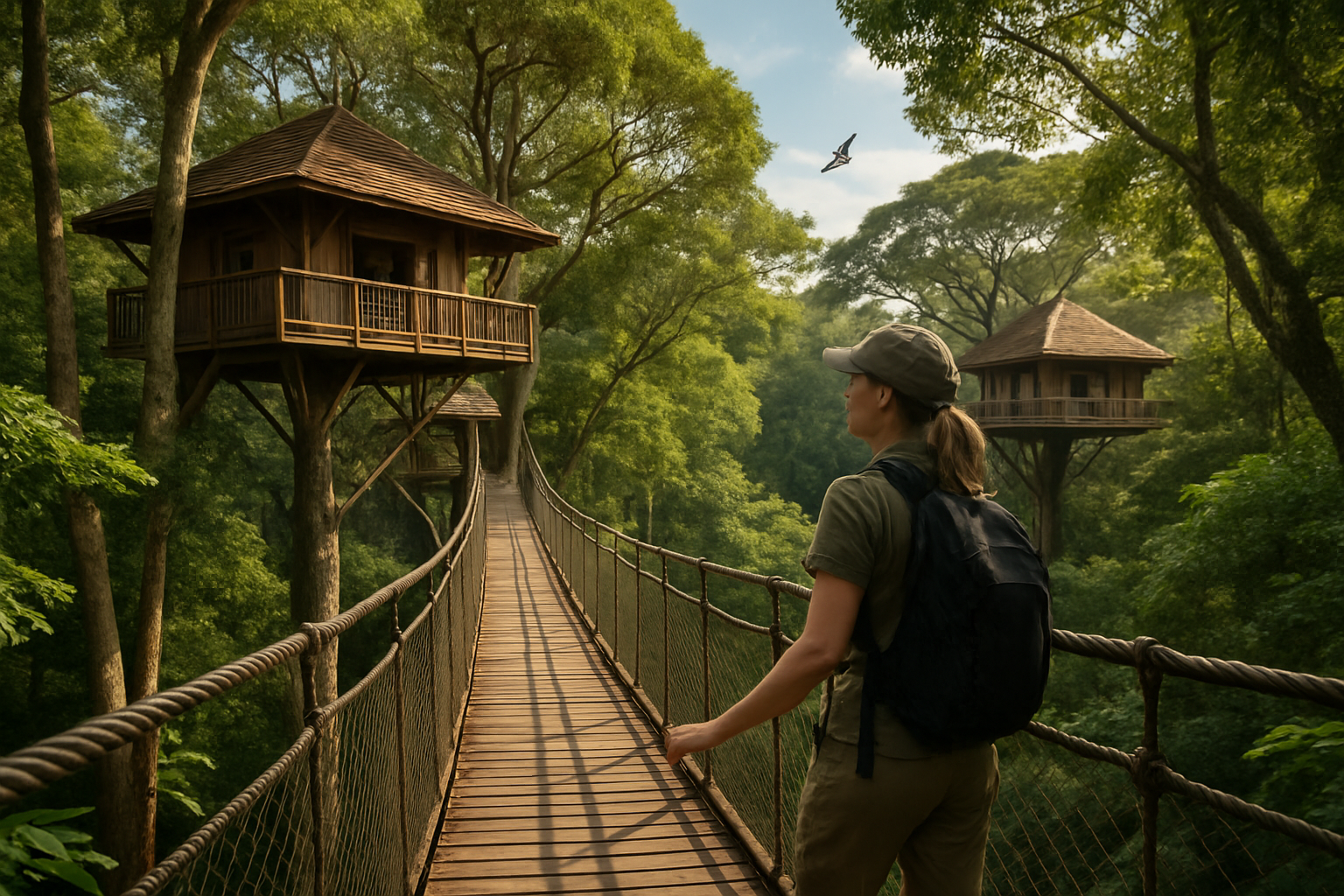The Surprising World of Capybara Companionship
In the realm of unconventional pets, capybaras are making waves as the gentle giants of the rodent world. These docile, social creatures are capturing hearts and challenging traditional notions of companionship animals. From their unique behaviors to their unexpected adaptability to domestic life, capybaras offer a fascinating glimpse into the evolving landscape of human-animal relationships.

The History of Capybaras as Companions
Capybaras have a long history of interaction with humans, dating back to indigenous South American cultures. These cultures viewed capybaras not only as a food source but also as integral parts of their ecosystem. In some regions, capybaras were even considered sacred animals, embodying the spirit of water and fertility.
The modern trend of keeping capybaras as pets began in the late 20th century, primarily in countries like Japan and the United States. This shift was driven by a growing interest in exotic pets and a desire for unique animal companionship. However, it wasn’t until the rise of social media that capybaras truly captured global attention, with viral videos showcasing their gentle nature and surprising compatibility with other animals.
Legal and Ethical Considerations
The legality of owning a capybara as a pet varies widely across different countries and even within regions of the same country. In the United States, for example, laws differ by state, with some permitting capybara ownership under specific conditions, while others prohibit it entirely. Prospective owners must navigate a complex web of regulations, often requiring special permits and adhering to strict housing requirements.
Ethically, the question of whether capybaras should be kept as pets remains controversial. These animals are highly social in the wild, living in large groups and requiring specific environmental conditions to thrive. Critics argue that domestic settings can rarely provide the space and social structure capybaras need, potentially leading to stress and health issues.
Capybara Care: A Unique Challenge
Caring for a capybara is not for the faint of heart. These animals require extensive space, including a large water source for swimming and thermoregulation. A typical enclosure for a pair of capybaras should be at least 600 square feet, with a pool deep enough for them to fully submerge. This substantial space requirement often makes capybara ownership impractical for many potential owners.
Diet is another crucial aspect of capybara care. In the wild, they are herbivores, grazing on grasses and aquatic plants. Domestic capybaras require a diet rich in fiber, typically consisting of hay, fresh vegetables, and specially formulated rodent pellets. Owners must also ensure their capybaras have access to objects for gnawing, as their teeth grow continuously throughout their lives.
The Social Nature of Capybaras
One of the most fascinating aspects of capybara companionship is their highly social nature. In the wild, capybaras live in groups of 10 to 20 individuals, and this social behavior translates to their interactions in captivity. Capybaras often form strong bonds with their human caregivers and can be surprisingly affectionate.
Interestingly, capybaras have shown remarkable compatibility with other animals. There are numerous documented cases of capybaras peacefully coexisting with dogs, cats, and even birds. This unique ability to form interspecies friendships has contributed to their popularity on social media platforms, where videos of capybaras lounging with unlikely animal companions regularly go viral.
The Future of Capybara Companionship
As interest in capybaras as pets continues to grow, so does the need for education and responsible ownership practices. Veterinary care for these animals can be challenging, as not all veterinarians are experienced in treating exotic rodents of this size. Specialized care facilities and knowledgeable veterinarians are becoming increasingly necessary in areas where capybara ownership is prevalent.
The estimated cost of owning a capybara can range from $1,000 to $3,000 for the animal itself, with ongoing care costs potentially reaching several thousand dollars annually. This significant financial investment, combined with the specialized care requirements, means that capybara ownership remains a niche market.
Looking ahead, the trend of capybara companionship raises important questions about the future of exotic pet ownership. As our understanding of animal cognition and emotional needs evolves, so too must our approach to animal companionship. The capybara’s journey from wild animal to household pet serves as a fascinating case study in the complex relationship between humans and the animals we choose to bring into our homes.
In conclusion, the world of capybara companionship is a unique and challenging frontier in the realm of exotic pets. While these gentle giants offer a one-of-a-kind bond, potential owners must carefully consider the legal, ethical, and practical implications of bringing a capybara into their lives. As we continue to explore new forms of animal companionship, the story of the capybara reminds us of the importance of respect, responsibility, and understanding in our relationships with the animal kingdom.





